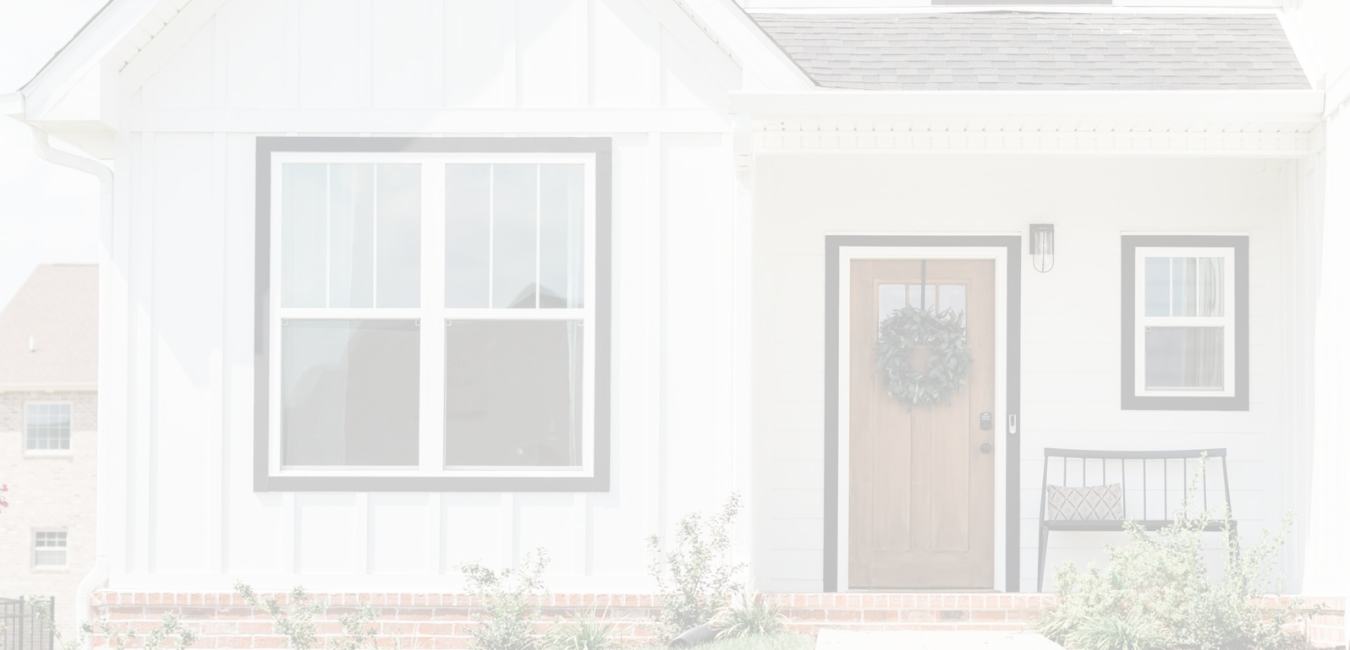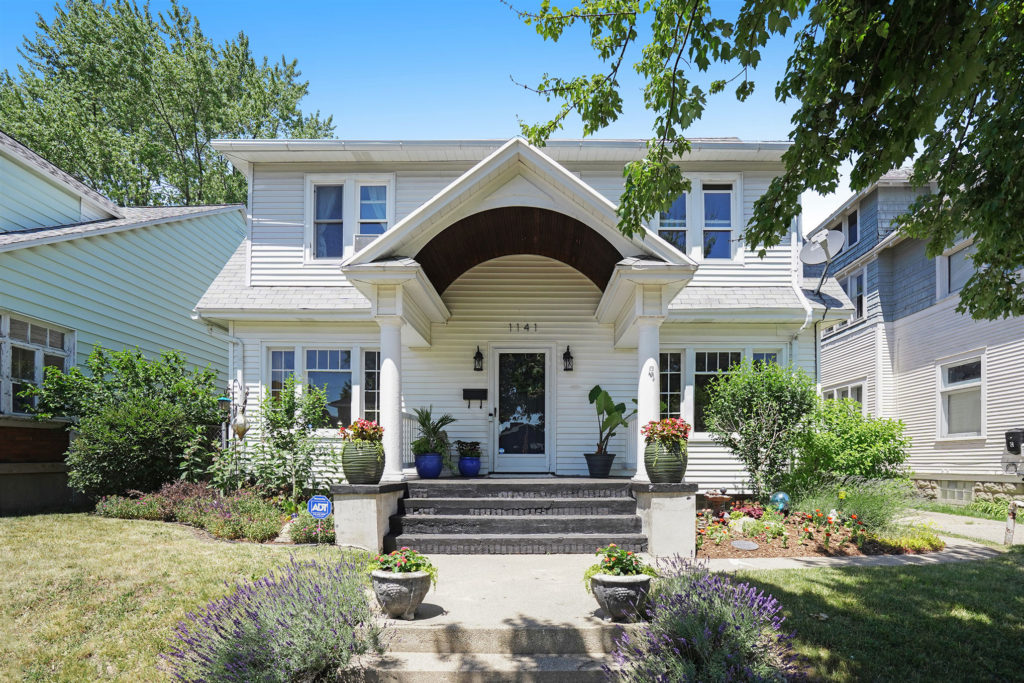
1. Do you have to use their preferred lender? Many builders work with a preferred lender that offers attractive discounts on closing costs when you finance through them. It’s important to know if the lender is working as a referral or if the mortgage company is owned by the same company that is building your home. If you are not required to use their lender, talk to other lenders to see who can give you the best financing.
2. Can you see a copy of the builder’s sales contract? Builders use their own contracts that are similar to a regular sales contract but include additional terms specific to the building process, such as at what points during building the contractor gets paid, and what options you have to choose from. Your agent can help you interpret the terms of the builder’s contract before you sign.
3. What is the timeline for completion? This will depend on whether the build is a production home, meaning the builder is building select models throughout the development, or if you have hired the builder to build a custom home. The builder should be able to give you a timeline outlining each phase of construction. Factors affecting the timeline include weather, delays receiving building supplies, or the number of changes you make along the way.
4. Can you choose features, fixtures, or appliances that are not in their selected packages? You may wish to upgrade certain items, such as cabinetry, plumbing, or lighting fixtures, or you may want to save money by buying your fixtures or appliances on sale. Make sure your builder is open to you making choices outside of their selections. Usually, they will work with you as long as your selections are available and can be installed without major changes to the structure.
5. What is in the landscaping package included in the price? Many people assume their finished home will look like the model or the graphics in the brochure, only to find out that the builder’s landscaping package is the bare minimum, or even non-existent. You may choose to upgrade it or plan to add your own landscaping.
6. Can the builder charge extra for unexpected cost increases? Look over the builder’s contract carefully, or have an attorney do so, and note if there is an escalation clause that would allow the builder to pass cost increases onto you in the event that materials or labor costs increase during construction.
7. What warranties are provided? Normally a builder offers a warranty lasting from six months to two years, possibly longer for some items. You should know what is covered under the builder’s warranty and for how long. All the major structural items and mechanical systems are usually covered. Appliances are not, but they should come with a manufacturer’s warranty. Damage from weather, shrinkage or expansion of the home or foundation, and anything resulting from the homeowner’s failure to provide maintenance or from work done on the home after construction is not covered.
8. What are the deed restrictions and is there, or will there be, an HOA? Developers usually file a subdivision’s restrictive covenants when applying for approval to build the development. Any persons buying a property in the development are bound to abide by these restrictions. You can get a copy of the deed restrictions from the builder. Also ask if there is, or will be, a homeowner’s association, what the HOA fees will be, and what they cover.
9. Is there, or will there be community amenities? Amenities may include a gate or guard, communal park or green area, pool, playground or recreational facilities, a dog park, or parking area. The amount of monthly or annual HOA fees will depend upon the amenities and the number of homes in the development.
10. Can you do a final walkthrough before closing? Usually, there will be a “punch list” of items the builder needs to finish up at the end of construction. This may include a thorough cleaning, touch-up painting, repairing drywall nicks or scratches, last-minute trim work, caulking around cabinetry, changing out or re-keying door locks, and replacing landscaping that didn’t survive planting. It’s important that you go through the home before closing to make certain that every detail is taken care of before you sign the closing documents. If you and the builder agree that they will come back after closing to finish some details, make sure both of you have signed off on the list of what is still to be finished.










